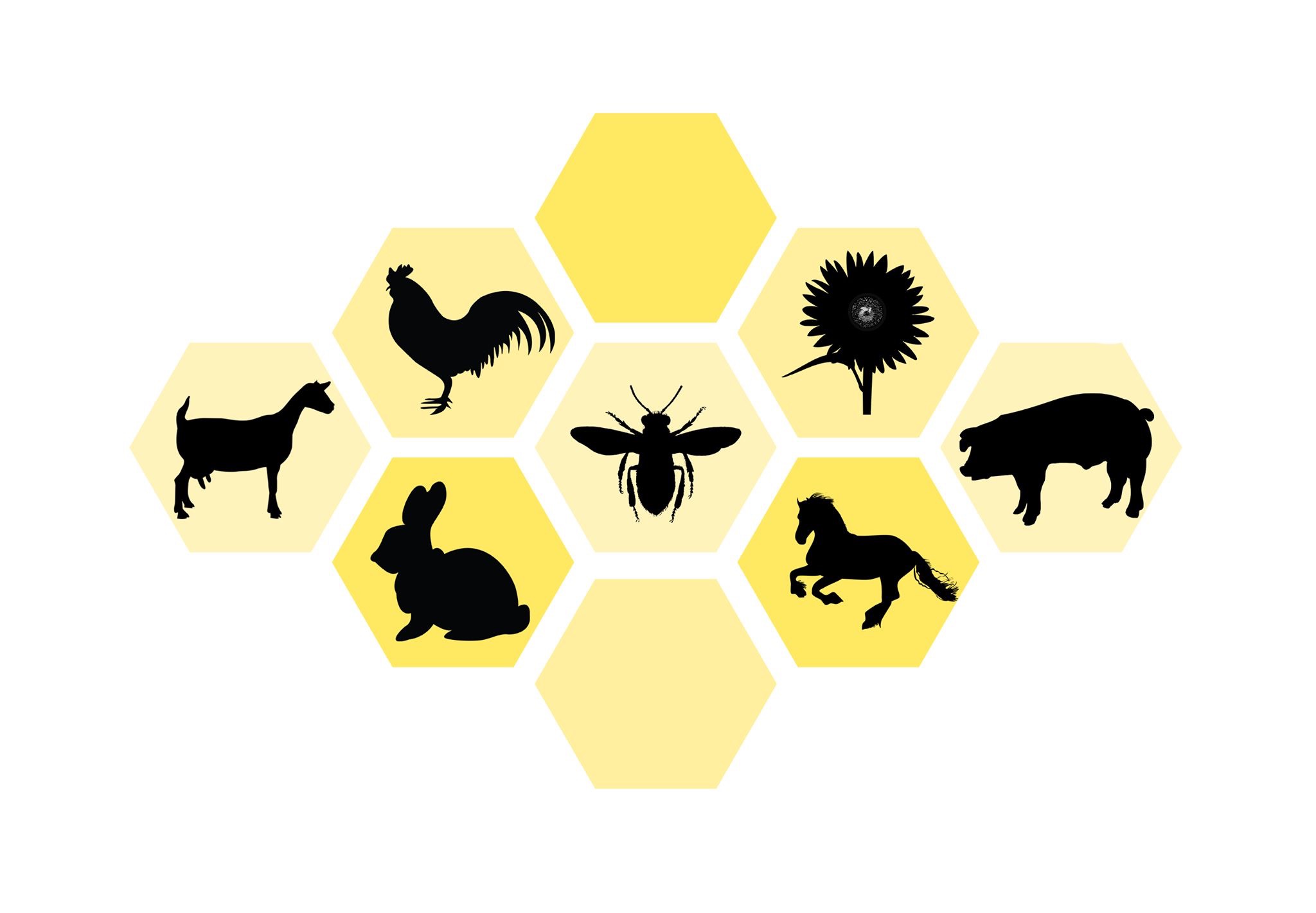Strategic breeding for year-round milk production
- Sarah Williams

- Oct 14, 2019
- 3 min read
If you want consistent, year-round income, you need consistent, year-round milk. That can be tricky whether you only have a few animals or many!
Certainly, lots of herdshare and other raw milk producers run seasonal based on convenience and/or breeding seasonality, and that's great in terms of giving you a mental break. However, there are definitely disadvantages to seasonal milk.
First of all, you are probably not getting income when your animals are dry and hay expenses are high. It is also especially painful to see your savings depleting during the first few weeks of kidding and milking, when startup expenses such as vet-assisted kidding bills, new tubing and inflations, new cleaning chemicals, and milk and animal testing are all hitting.
Secondly, we know (and I have experienced) that gaps in milk production can cause retention issues. I have only taken a winter break once in early 2019, and about 20% of my herdshare customers decided not to return. They got out of the habit of picking up their milk weekly, so it was easy for them not to renew. I was able to fill my spots with my waiting list, but it still stung a little.
So what's a raw milk producer to do? Stagger your breedings for consistent, year-round milk.
If you only have two or three animals and limited shares, you can probably do this pretty simply. Just stagger your breedings by at least 3 months to accommodate not only a 60-day dry period, but also a month of cushion to accommodate feeding kids or calves plus potential for metabolic issues and medication withdrawal times.
If you have more animals and more shares to fulfill throughout the winter, you'll need to do some heavy thinking and planning.
Lay out your observed heats (if you've seen any), desired breeding, dry, and kidding dates. I like to use a Gantt chart, which lays out the year graphically in an Excel spreadsheet, highlighting milk/dry/kidding days to ensure coverage over the entire year. Again, make sure to give at least a 3-week cushion after kidding so that if something happens at parturition and you need to use meds, you can. Each of your animals gets her own row, and you can easily see the balance of milk at any given time.

Want to use the Gantt chart? Click here to download a copy to modify for yourself.
Factors to consider in seasonal breeding determinations:
Know how much milk you'll need (i.e. 15 gallons/week)
Know how much milk each animal is producing. Make sure you allow for production declines as the winter solstice approaches and pregnancy hormones kick in. Some breeds and animals drop off more than other.
Consider milking through one or two animals and either breeding very late (March) or very early the following season (June/July). Some animals will be able to do this better than others.
Consider having a second breed of animal that breeds less seasonally to supplement your winter milk. The equatorial breeds of small ruminants (Nubian and Nigerian Dwarf in goats, Assaf in sheep) and most dairy cows have less seasonal inhibitions than Northern European breeds of sheep and goats. Even just having a buck or ram of the more tropical breed can be enough to get your girls to begin cycling just a little bit early.
Think about inducing heats. While I currently do not induce early heats, I'm seriously considering it for a few animals next year. It would be nice to know that I have December freshenings coming, and not have to worry about the rest of my herd. It would also allow me to have just 2 kidding dates - one in December and the other in early March, which might reduce my kidding fatigue when the season runs from January to May.
Built-in redundancy
Having goats, I always like to freshen 2 more does than I anticipate needing, and it has never let me down. This being my fourth year doing herdshares, it is the only year that I didn't have enough milk at some point during the year. I freshened two more than I calculated that I would need, and I was able to sell a doe in milk once summer arrived and I knew what I had for milk production.
I also find that I can use the excess milk in summer to move as chevre either directly to herdshare members or through a CSA program. I could also get a calf or feed it to the pigs as well. Goats still in milk in late fall are a hot commodity around here, so milking an animal that you don't really need the milk from could serve you well when people regret drying their animals up and need more milk.
Do you have any thoughts on seasonal breeding? Anything I missed? This is just what I've found works for me, but if you have other strategies, definitely reach out and I'll add it to the post (with credit).




Comments